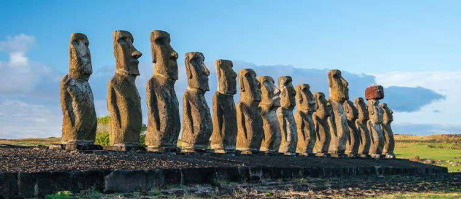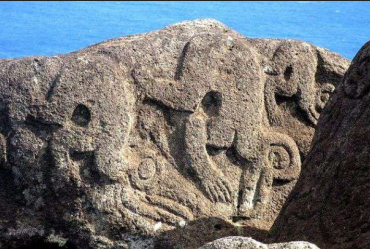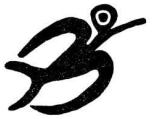Rapa Nui Culture
Explore the rich cultural heritage that shapes the Rapa Nui language
Cultural Overview
Understanding Rapa Nui culture is essential to mastering the language

The Moai and Their Significance
The iconic moai statues are central to Rapa Nui culture and language. These monolithic human figures, carved from rock between 1250 and 1500 CE, represent deified ancestors and were believed to possess mana (spiritual power).
The vocabulary surrounding moai creation, transportation, and ceremonial use forms an important part of the Rapa Nui language, with specialized terms that reflect the cultural significance of these remarkable structures.

Rongorongo: The Written Language
Rongorongo is a system of glyphs discovered on Easter Island that appears to be a form of writing or proto-writing. It remains largely undeciphered and is one of the most fascinating aspects of Rapa Nui cultural heritage.
The relationship between these symbols and the spoken language offers insights into how the Rapa Nui people conceptualized and recorded their world, with many terms in the language referring to these symbols and their meanings.
Key Cultural Concepts in Language
Mana
Spiritual power and authority that permeates Rapa Nui culture and language. The concept of mana influences many aspects of vocabulary related to leadership, spirituality, and social status.
Tapu
Sacred prohibitions and restrictions that influence social interactions and vocabulary. Words related to tapu often carry special connotations and usage rules in traditional contexts.
Ariki
The chiefly system and hierarchical social structure reflected in language use. Vocabulary related to social status and formal address is deeply influenced by this traditional concept.
